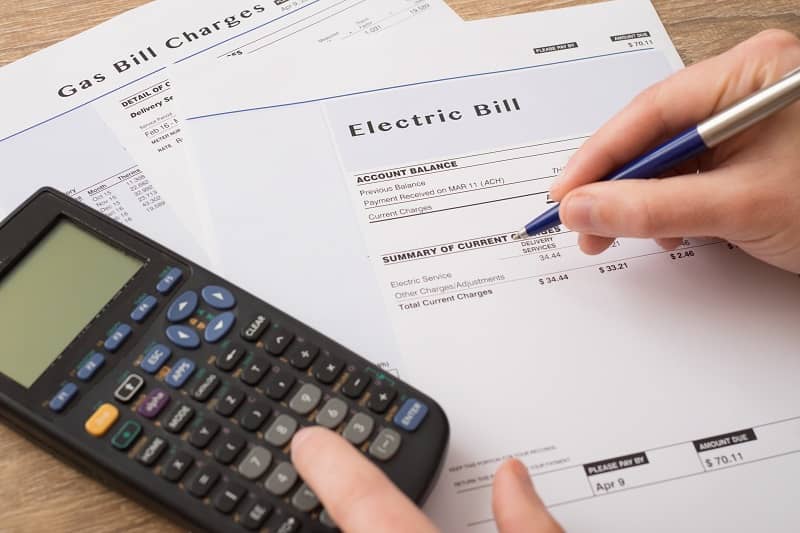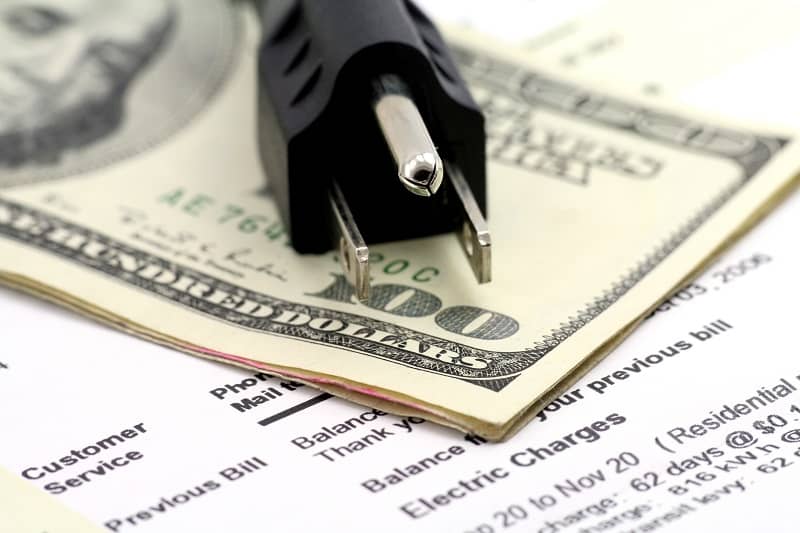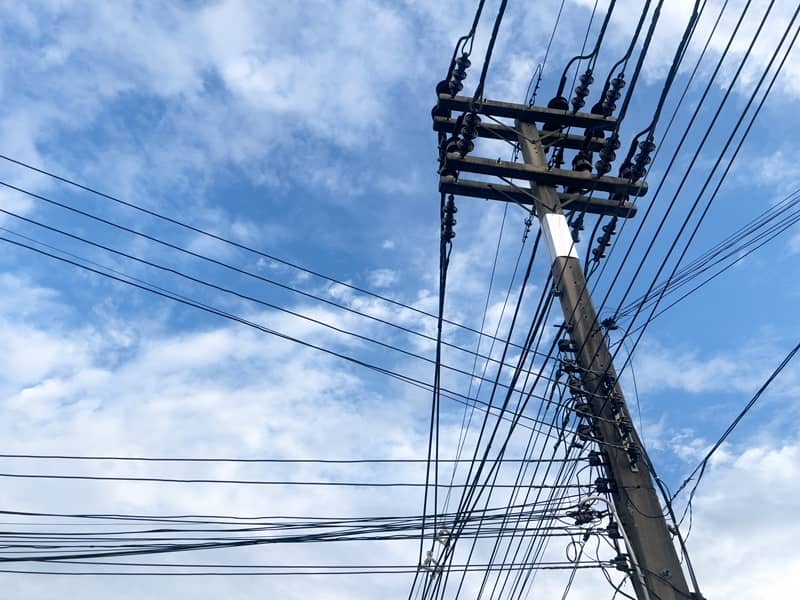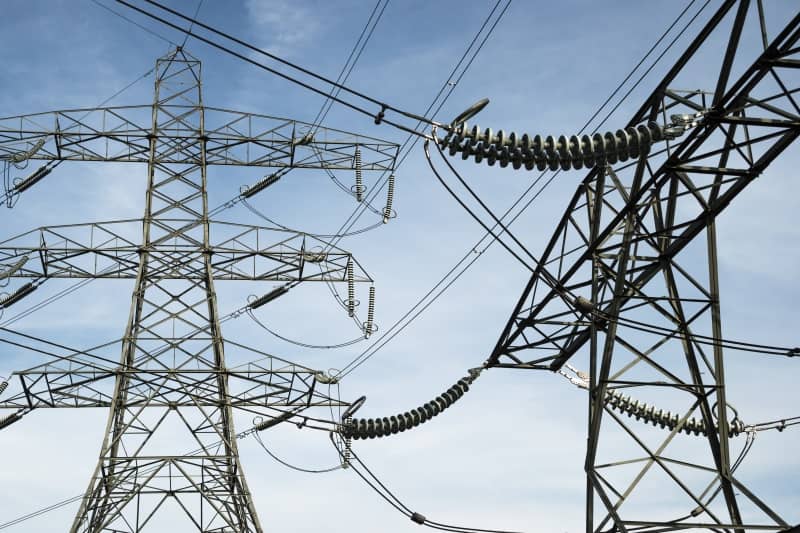By Nick Sibilla
News Corporation claims it’s greener than Starbucks.
That’s one of many surprising insights gleaned from the first-ever global Corporate Renewable Energy Index (CREX). According to CREX, published by Bloomberg New Energy Finance and Vestas Wind Systems, News Corporation (the parent company of FOX News and The Wall Street Journal) procures 67% of its electricity from renewable energy (RE). That makes News Corp. the 8th highest corporate consumer of renewable energy. Meanwhile, Starbucks ranks below at 14th, with 58% of its energy purchased from green sources. Despite the current recession, among those surveyed, corporate purchases of RE increased by more than 50% over the past year.
Yet many of the corporations on CREX did not actually buy renewable energy. Instead, they purchased a fabricated commodity, known as renewable energy credits (RECs), or “green tags.” A REC represents the alleged “environmental amenities” associated with certain forms of electrical power production such as wind or solar. For those in the trade, one REC is created every time one megawatt-hour (MWh) of renewable energy is generated. (For comparison, the average American household uses just under one MWh every month.)
In other words, two distinct commodities are associated with renewable energy: the electric output itself and the intangible environmental benefits. RECs represent the latter and are sold separately from the power generated by a “green” facility. But by purchasing RECs, corporations can still claim they are using green power. In fact, according to CREX, RECs accounted for over 70% of all corporate green power purchases in 2010.
However, buying RECs is troubling for two reasons. First, the price of RECs is far too low to induce investment in clean energy. As CREX notes, the average price is a little under $1 per REC. But according to exposés published by Bloomberg News and BusinessWeek, the actual cost of generating one new MWh of green power can range anywhere from $40 to over $90 per MWh. In fact, in a study published by the National Renewable Energy Laboratory, the cost of solar power can reach as high as $680 per MWh.
Second, RECs are often a marketing gimmick for corporations to prove they care about the environment. For example, back in 2008, Nike was the 24th-largest corporate buyer of RECs. But that same year, it emitted 1.6 million tons of carbon, one of its highest years in the past decade. One year later, Nike slashed its RECs purchases by almost 70%. Now Newsweek ranks Nike as the 10th Greenest Company in America, as determined by over 700 different metrics. Yet Nike is conspicuously absent on CREX. Meanwhile, News Corp. plummets from #8 on CREX to 107th on Newsweek’s list. Clearly, going green takes much more effort than buying RECs.
Furthermore, for those concerned about global warming, RECs do not reduce total carbon emissions. According to the EPA:
If you are buying renewable electricity or RECs, you are reducing your indirect emissions…An organization buying green power can claim to be reducing its carbon footprint, but cannot claim to be reducing its total emissions to the atmosphere. (Emphasis added.)
Not using fossil fuels may be admirable. But by providing negligible investment for renewable energy, RECs are little more than a waste of other people’s money. As a fabricated commodity, RECs are the ultimate greenwash.
Nick Sibilla is a research associate at Cascade Policy Institute, Oregon’s free market public policy research organization.











